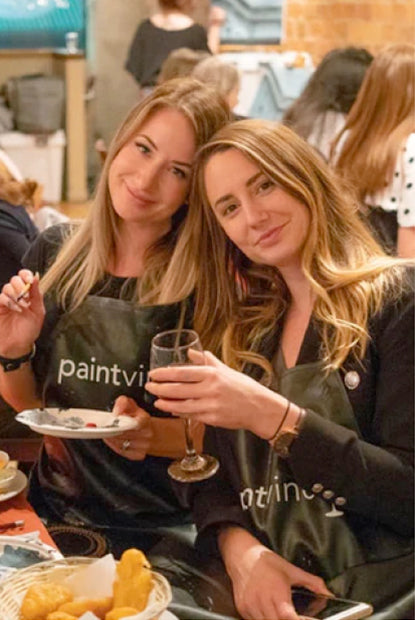
From ancient tombs to Victorian parlours, from love charms to household sprays, lavender has travelled through time with its head held high - and its scent unmistakable. Whether you use it to calm the mind, flavour your baking, or chase away bad dreams, there’s no denying this little purple flower has left a mark on history, culture, and the imagination.
From Pharaohs to Rome
Lavender's use dates back thousands of years. In ancient Egypt, it was employed in the embalming process - traces of the oil were found in tombs, including that of Tutankhamun. Its strong aroma likely served both spiritual and practical purposes: to honour the dead, and to mask the natural odours of decay.
The Romans embraced lavender with enthusiasm. They used it in public baths, added it to cooking and wine, and even believed it had aphrodisiac properties. Its name comes from the Latin lavare, meaning “to wash,” reflecting its popularity in bathing rituals and laundry. For them, lavender was not just a luxury - it was a necessity.
Lavender and the Language of Flowers
In the 19th century, the Victorians developed a symbolic code known as floriography, where flowers communicated feelings that society deemed improper to speak aloud. Lavender carried mixed meanings. It stood for devotion, calm, and purity, but perhaps less romantically, it also symbolised mistrust.
This paradox may stem from lavender’s historical use in masking unpleasant odours in an age before deodorants and household cleaners. It was commonly tucked into drawers, laid among linens, and used to freshen up homes and laundries. While it brought comfort, it also “covered up” the truth - becoming a metaphor for concealment.
One curious legend attributes lavender’s association with mistrust to Cleopatra. According to the apocryphal tale, the asp that she allowed to kill her was hiding in one of her lavender bushes. While there’s no historical evidence for this, vipers were known to shelter in the shade between lavender plants - offering just enough truth to keep the story alive.
Lavandula vs Lavandin
Not all lavender is created equal. The two most common types used today are Lavandula angustifolia (often called English lavender or true lavender) and Lavandula x intermedia, a hybrid known as lavandin.
Lavandin grows in larger quantities and yields significantly more essential oil - up to three times more per kilo of plant material than true lavender. It has a sharper, more camphorous scent and is often used in household products like detergents, soaps, and air fresheners. Its higher camphor content makes it particularly effective for freshening rooms, repelling insects, and easing congestion.
True lavender, by contrast, has a sweeter, softer fragrance and is preferred in high-quality perfumes like Chanel Jersey, essential oils, skin care, and aromatherapy.
Culinary Lavender
Beyond its scent, lavender also has a place in the kitchen. Used sparingly, it lends a floral, slightly minty note to desserts and savoury dishes such as shortbread, jam, cupcakes, and lemonade. It is widely rumoured that Queen Elizabeth I loved Lavender jelly. Lavender pairs beautifully with honey, lemon, and berries - but too much can overpower a dish and veer dangerously into “soapy” territory.
The Folklore of Lavender: Protection, Prophecy, and Purification
Lavender has long been considered a magical herb. In medieval Europe, it was burned or hung above doorways to protect homes from evil spirits, witches, and the “evil eye.” Wearing a sprig of lavender was said to protect children, while crosses made of lavender were suspended over thresholds to ward off bad luck.
Placed under pillows, it was believed to bring peaceful sleep and vivid dreams. Some believed it could summon messages from the spirit world - or even allow the sleeper to see ghosts. In Spain and Portugal, lavender was thrown into St. John’s Day bonfires to cleanse and repel dark forces.
Blended with herbs like mugwort, chamomile, and rose, lavender featured in Midsummer rituals designed to attract fairies, elves, and other magical beings. And in folk medicine, it was said to enhance clairvoyance when brewed as a tea.
Lavender in Art
From Vincent van Gogh to Jackson Pollock, artists have long been drawn to the calming colours and graceful form of lavender. Its signature shade - somewhere between blue and purple - evokes both serenity and nostalgia, making it a favourite for painters. And now, you can paint your own tribute to this timeless flower with Paintvine’s brand new Lavender painting - on easels across the country this month!

